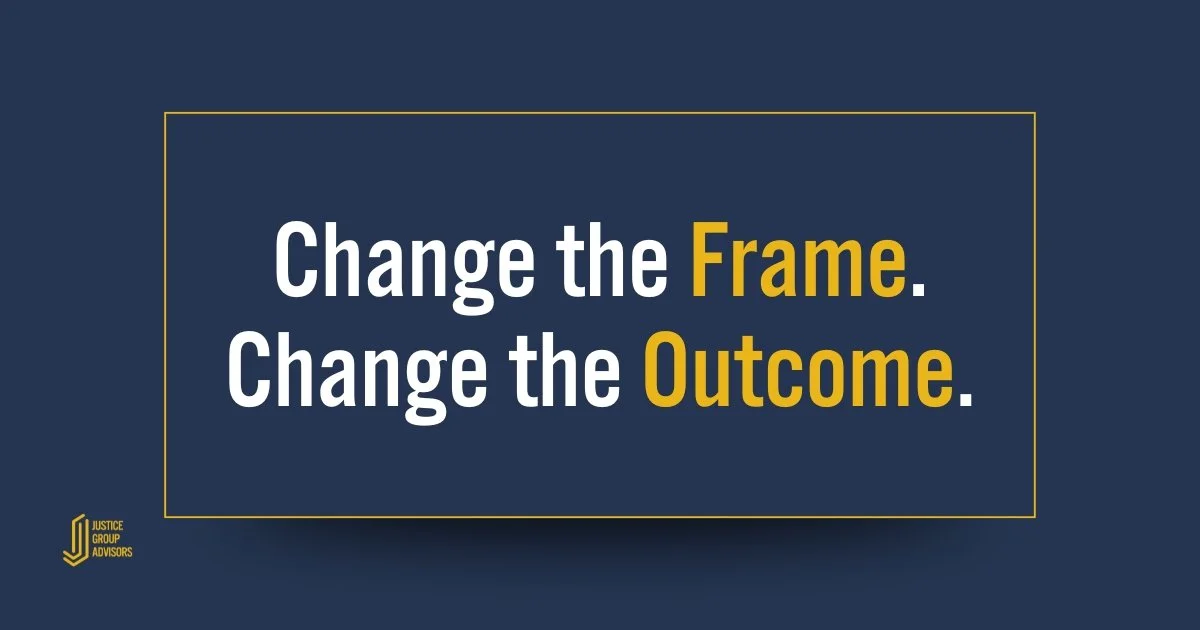Why “Sorta Works” Is Slowing Down Your Team: Leadership Blind Spots That Kill Momentum
Some problems are loud. Others are silent—but far more dangerous. Here’s why tolerating “just okay” tools, people, or processes quietly derails performance.
As a leader, you’re trained to respond to things that break loudly:
A failing product launch
A poor-performing hire
A critical system crash
These demand action.
But what’s really dragging your team’s momentum?
It’s not what’s broken.
It’s what sorta works.
What “Sorta Works” Really Costs You
“Sorta works” isn’t a crisis. It’s a slow leak.
It looks like:
The project management tool no one loves but everyone still uses
The process that technically delivers results—but causes constant confusion
The employee who’s… fine. Not great. Not bad. Just there
These things don’t cause immediate failure, so they’re tolerated.
But over time, they quietly erode team energy, clarity, and speed.
They introduce leadership friction—the silent killer of high performance.
Common Signs of Leadership Friction
Not sure where it’s showing up? Ask yourself:
If this tool, process, or person disappeared tomorrow… would I rebuild it, or breathe easier?
What am I managing around instead of directly addressing?
What have I justified as “not that bad” for a little too long?
If the answer makes you pause, you’ve found your drag.
Great leaders don’t just fix what’s broken.
They fix what slows things down—even if it’s subtle.
Why Leaders Avoid These Decisions (Even When They Know Better)
If the signs are obvious, why don’t we fix them?
Because “sorta works” doesn’t feel urgent.
It’s easier to accommodate than confront
You’re unsure what the fallout might be
You're managing emotional dynamics, not just technical issues
You're tired, and it’s easier to adapt than disrupt
So you patch it.
Work around it.
Make it “good enough.”
Until one day, you realize:
You’ve built an entire system around avoiding one uncomfortable decision.
Awareness Isn’t Enough
This isn’t a knowledge issue. It’s a courage issue.
The leadership threshold isn’t just what you notice.
It’s what you’re willing to act on.
The longer you delay, the more embedded the friction becomes.
And the more it shapes team culture in ways you didn’t intend.
What You Tolerate Becomes the Culture
Every leader has tolerated something too long.
The “meh” performer who pulls down team morale
The clunky workflow that drains hours each week
The outdated system no one wants to own
But what you tolerate becomes your team’s standard.
“Sorta works” sends a message—even if you never say it out loud.
It tells your team that slow is okay. That friction is part of the job.
And eventually, people stop expecting better.
Key Takeaways for High-Performance Leaders
Friction doesn’t have to be loud to be expensive
“Sorta works” is still costing you—in energy, morale, and time
Strong leadership means acting before it’s broken
What you avoid shapes your culture more than what you address
If something feels heavier than it should be—it probably is
Final Thought: Friction Isn’t Neutral. It’s a Signal.
If you feel like you’re carrying something that shouldn’t be yours—pay attention.
That quiet discomfort is your leadership instinct nudging you.
Not to panic.
But to act with intention—before “fine” turns into failure.
Because friction isn’t just a drag.
It’s a direction.
This article is part of our Enterprise Leadership Series, exploring exploring what changes when leaders move from functional excellence to enterprise impact.





You've gathered the data. Rehearsed the rationale. But fifteen minutes into the conversation, you're defending details that don't matter. Here's why difficult feedback conversations collapse—and the shift that changes everything.